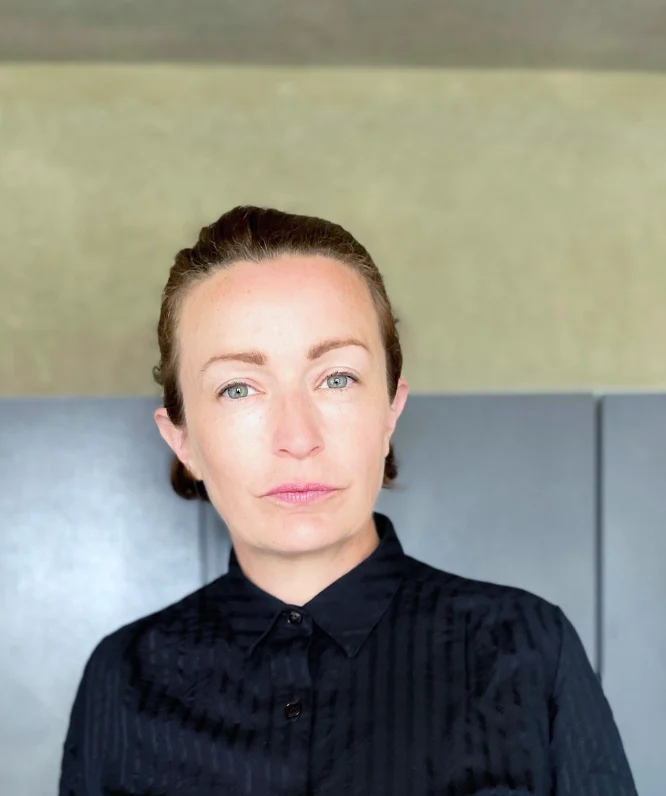About The Studio Framework
The philosophy and practice behind a better-run studio.

I’ve seen how often the artist ends up being the system. They carry the schedule, the materials, the priorities, the handoffs. As a practice grows, that operational load slows everything down and brilliant work gets held back by unclear systems. The mess isn’t just visual; it’s structural.
The Studio Framework wasn’t built from a business plan. It came from years of working inside exhibitions, studios, and projects that were ambitious, fast-moving, and often chaotic.
The shift started informally. I was the person people called to sort things out — not just the schedule, but the roles, the space, the handoffs, the flow. I realized that what I was doing had a shape: part project management, part studio design, part systems thinking. This work is grounded in real material knowledge—from large-scale sculpture to exhibition construction—and shaped by years of hands-on experience with wood, metal, and concrete. It’s not abstract strategy; it’s structure that comes from practice.
This eventually became The Studio Framework: a practice that brings professional operational support into the real-world dynamics of art production. It blends spatial awareness, team design, and sustainable studio systems to support the kind of work that doesn’t follow a script. The goal is always the same: to provide the operational architecture that protects your time and your creative focus.
My approach is informed by a unique combination of hands-on production experience and formal training in operational systems.
Certified Project Management: Professional training as a Certified Scrum Master (PSM II) and an IPMA Certified Project Manager, bringing internationally recognized standards to creative workflows.
Creative Technology & AI: Deep experience in designing and implementing innovative systems, from 3D prototyping and XR exhibitions to AI-powered content pipelines and no-code automation.
Hands-On Artistic Practice: Years of experience as an artist, with a deep understanding of both the creative process and the logistical demands of a professional practice, from material fabrication to public art commissions.
If this approach resonates with you, the next logical step is to have a conversation.